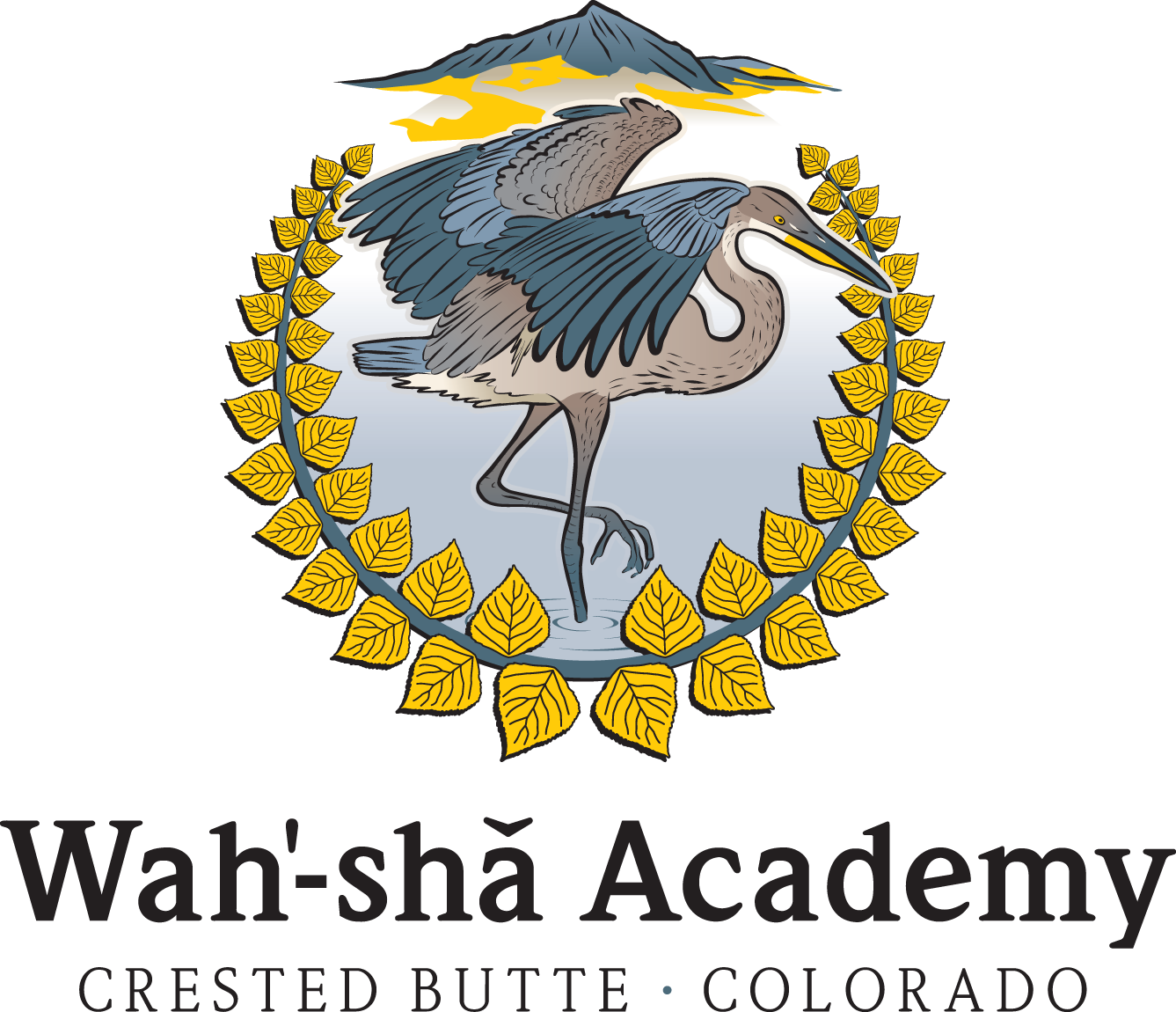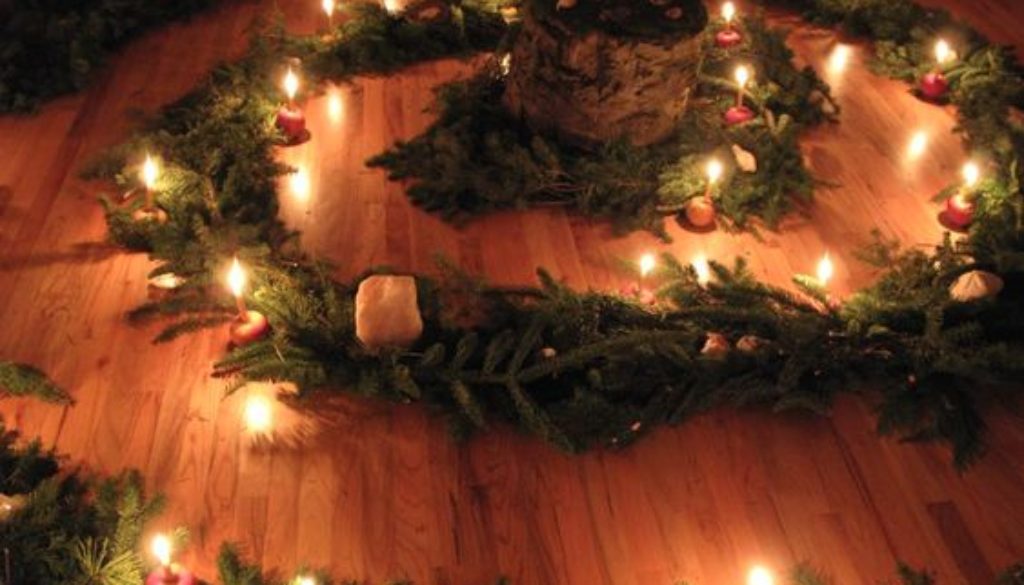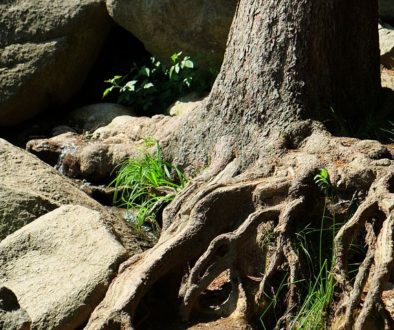A Winter Solstice Labyrinth Walk
In winter
all the singing is in
the tops of the trees
where the wind-bird
with its white eyes
shoves and pushes
among the branches.
Like any of us
he wants to go to sleep,
but he’s restless—
he has an idea,
and slowly it unfolds
from under his beating wings
as long as he stays awake.
But his big, round music, after all,
is too breathy to last.
So, it’s over.
In the pine-crown
he makes his nest,
he’s done all he can.
I don’t know the name of this bird,
I only imagine his glittering beak
tucked in a white wing
while the clouds—
which he has summoned
from the north—
which he has taught
to be mild, and silent—
thicken, and begin to fall
into the world below
like stars, or the feathers
of some unimaginable bird
that loves us,
that is asleep now, and silent—
that has turned itself
into snow.
‘White Eyes,’ by Mary Oliver
The shortest day of the year is just around the corner marking the ‘official’ start of winter! Or, what some call ‘midwinter.’
On Monday, Dec. 21, 2020, at 3:02 a.m. MST, the sun will shine directly over the Tropic of Capricorn in the southern hemisphere. We will have our shortest day and longest night of the year, after which the days begin to lengthen.
A little extra daylight each day is something to celebrate!
AND, the Winter Solstice has been observed in cultures all over the world over for thousands of years. These are celebrations that include various traditions evolving from faith-based beliefs, rituals, and practices. We can summarize these with a common variable: the solstice is about clarifying and setting intentions for the coming 365 days cycle. This start of the solar year is a celebration of light and the rebirth of the sun — when we learn to appreciate the longest, darkest nights and look ahead toward the lengthening days. For from out of the darkness and cold, the light and hope return.
So, here is how we at Wah’ -Sha, and many others who came before us sharing their traditions, came up with the Winter Solstice labyrinth walk:
Because the solstice is also the longest night of the year, one of the original traditions was rooted in candlelight—both for the needed light and to celebrate the sun’s return in the coming months. Candles symbolize the sun, and they are often used in Yule or Solstice celebrations.
The longest night of the year is a perfect time to reflect on what the new season and new year will bring you. Winter is a quieter time of year with colder weather and the end of the holidays, making it an excellent time for inner growth and peace. Meditation is a common practice among solstice celebrations.
According to the Labyrinth Society, A labyrinth is a meandering path, often unicursal, with a singular path leading to a center. Labyrinths are an ancient archetype dating back 4,000 years or more, used symbolically, as a walking meditation, choreographed dance, or site of rituals and ceremony, among other things. Labyrinths are tools for personal, psychological, and spiritual transformation, also thought to enhance right-brain activity. Labyrinths evoke metaphor, sacred geometry, spiritual pilgrimage, religious practice, mindfulness, environmental art, and community building.

In a world where moving on is often the primary focus, the gift of a seasonal pause can be such a blessing and a relief. A labyrinth walk complements a journal entry recording where we are in our lives, how we’re feeling, what we’re feeling grateful for, and what we’re ready to let go.
A walk through the labyrinth can be an opportunity, with the energy of the changing season, to take this pause and reflect. At Wah’ Sha, we will take this opportunity to consider our journey, spiraling inward to our deepest self, acknowledge the ‘light’ we hold within us, and metaphorically carry that light back out to the world.
We will carry an apple that has an unlit candle in it, to the center of the spiral. At the center of the spiral, each person will light his or her candle from the central candle that is already in place. This lighting represents the ‘light’ each of us will carry back out to our families, communities, and selves. We will have music playing in the background, and anyone wishing to incorporate their religious beliefs may offer prayers at the start and end of their journey. It is a quiet, reverent ceremony that will not be interrupted. At the end of your walk, you can enjoy some hot cider.
As you prepare for this shift, you will discover an immense need for slowing down, for silence, and resting. We encourage you to take this time to listen to those things that speak without words. Whether this is your first experience walking a labyrinth or your hundredth, you’ll notice that some things will change, and some may stay the same. Its’ all about working with Nature, not against her, and learning to celebrate the seasonal transition.

FUN FACTS ABOUT THE SOLSTICE:
This year’s solstice brings a rare celestial phenomenon – something not seen since the Middle Ages. Jupiter and Saturn will appear almost to collide, forming a “Christmas star.” From Earth’s viewpoint, Jupiter and Saturn appear to move very close to one another and look like a double planet when they are lined up (only a tenth of a degree apart) on Dec. 21, the date of the winter solstice. (While they align from Earth’s viewpoint, they are, of course, far apart in our solar system.) Some astronomers believe that the “star of Bethlehem” was a similar conjunction of three planets: Jupiter, Saturn, and Mars.
Solstice comes from the Latin words sol (sun) and sistere (to stand still) because the angle between the Sun’s rays and the plane of the Earth’s equator (called declination) appears to stand still. At the winter solstice, the Sun’s apparent position reaches its most southerly point against the background stars.




